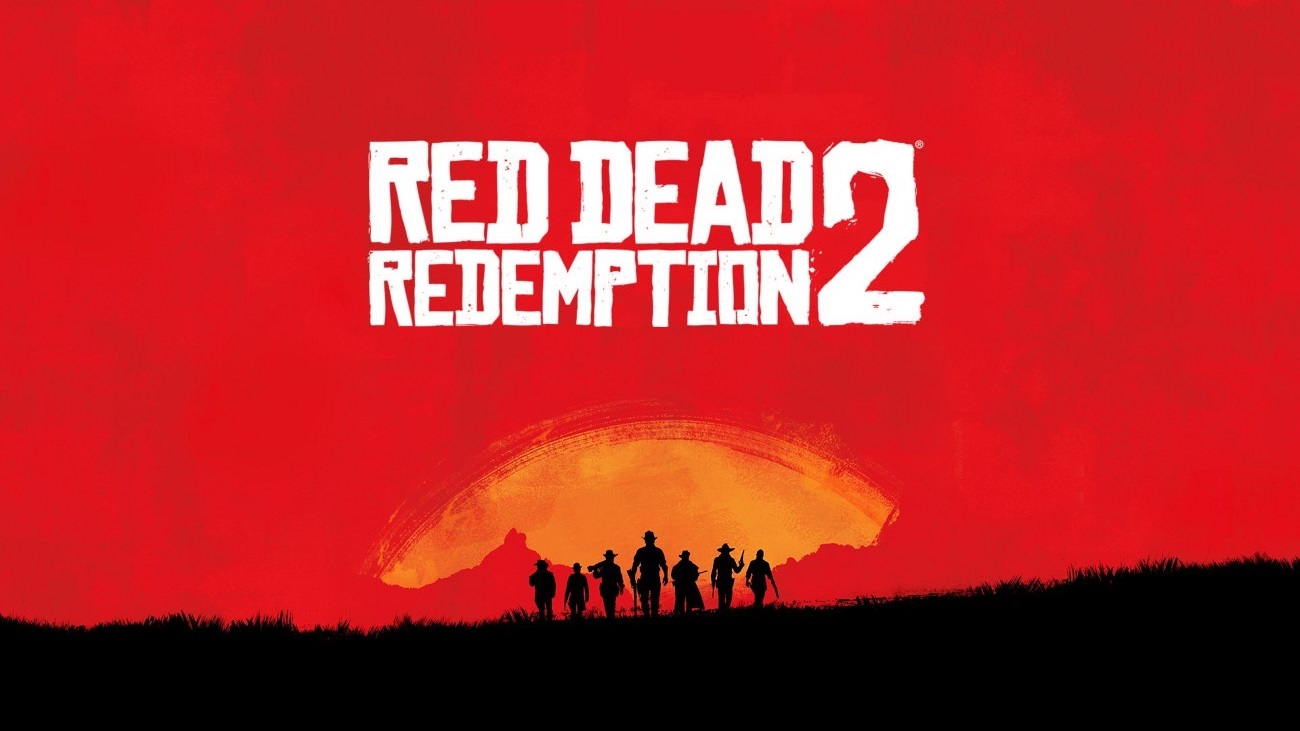Adapting ray tracing technology into Red Dead Redemption 2 presents greater technical hurdles compared to Grand Theft Auto V, largely due to the former’s expansive environmental variety. A Digital Foundry specialist recently addressed fan speculation about potential next-gen upgrades, noting that while Rockstar’s Rage engine has seen ray tracing retrofitted into GTA V, RDR2’s overhauled rendering systems complicate such integration. The game’s sprawling wilderness, dense foliage, and terrain complexity amplify these challenges. Natural landscapes dominate the world, with fewer artificial reflective surfaces like glass, reducing opportunities for pronounced light interactions compared to urban settings.
Experts suggest that even if Rockstar pursued ray tracing, a partial implementation would be more feasible. Techniques like ray-traced global illumination could enhance dynamic lighting as time-of-day shifts occur, improving the existing SSAO and static ambient occlusion systems. Ray-traced ambient occlusion might add depth to organic environments, but shadow rendering—already a strength in RDR2—may see limited benefits. Computational demands could also rise significantly, given the game’s intricate ecosystems and high-density vegetation.
Despite launching over five years ago, Red Dead Redemption 2 remains a visual benchmark for open-world design. Many players prioritize smoother performance, with a 60 FPS console update ranking high on wishlists, even without graphical enhancements. Its art direction and attention to detail continue to captivate, as noted in critical appraisals. For now, the title stands as a testament to technical artistry, playable on PC, PlayStation 4, and Xbox One.

